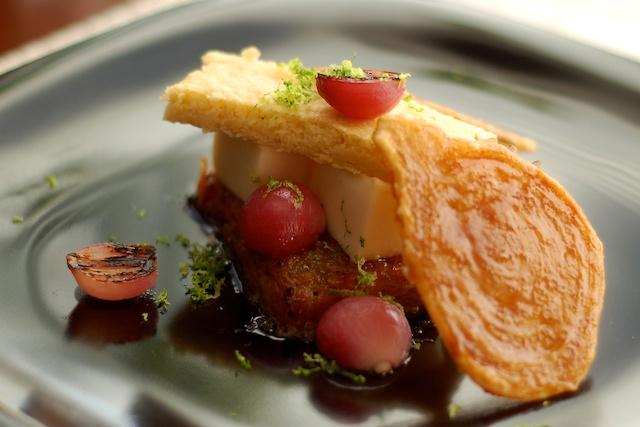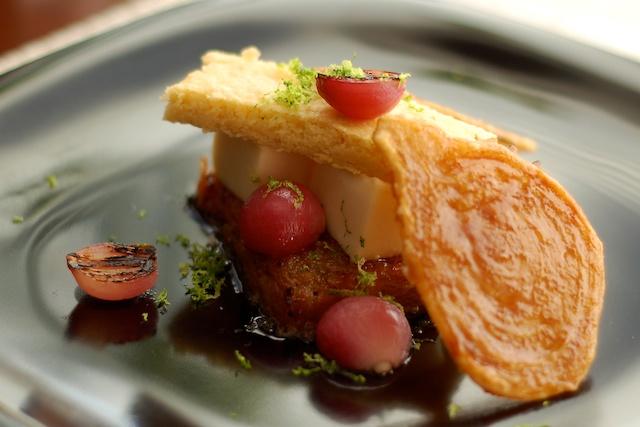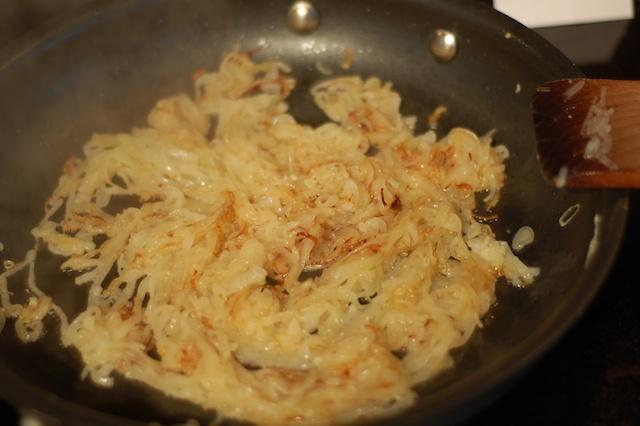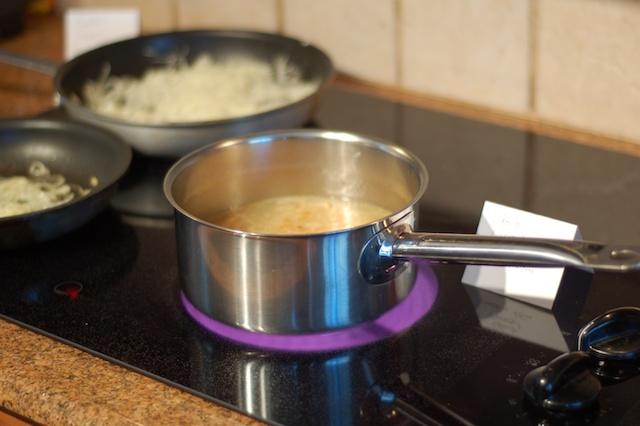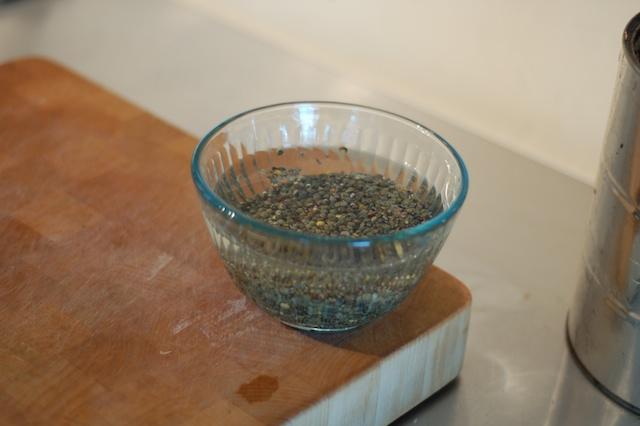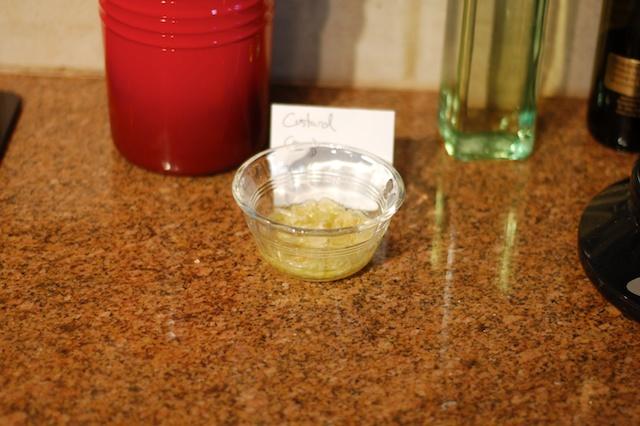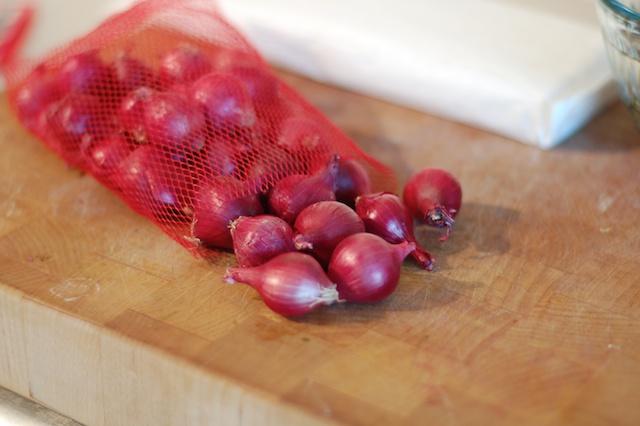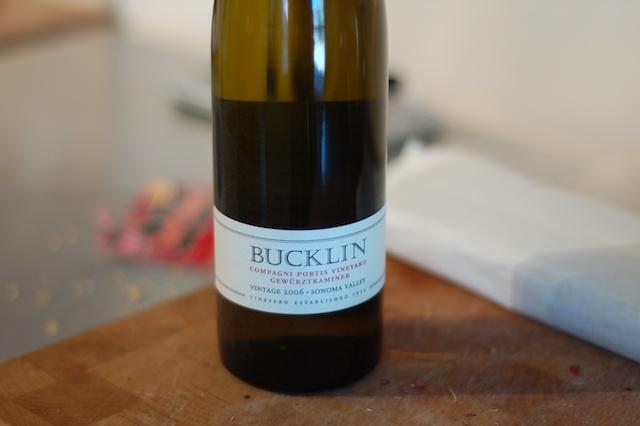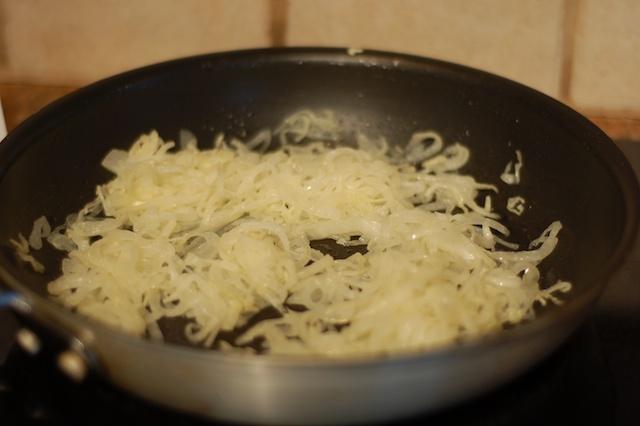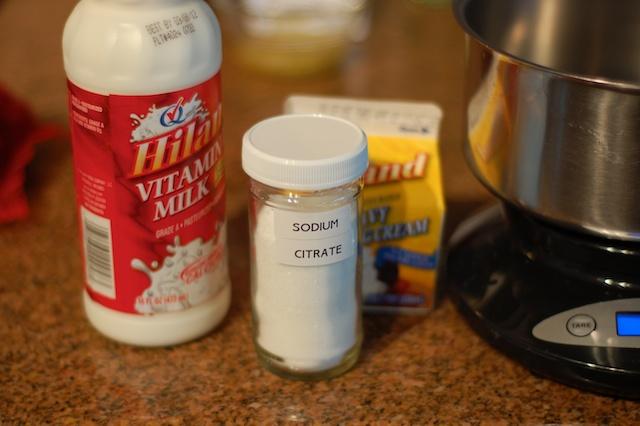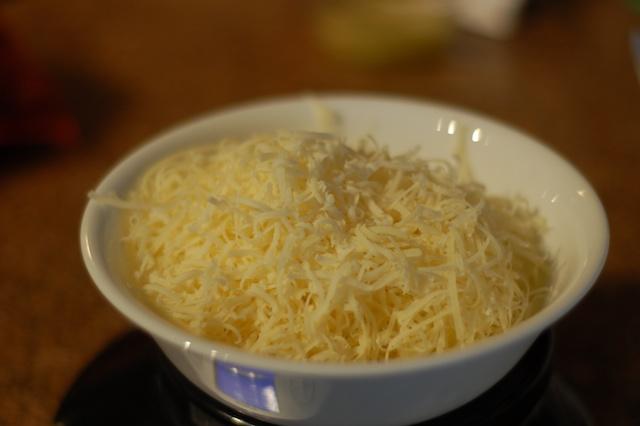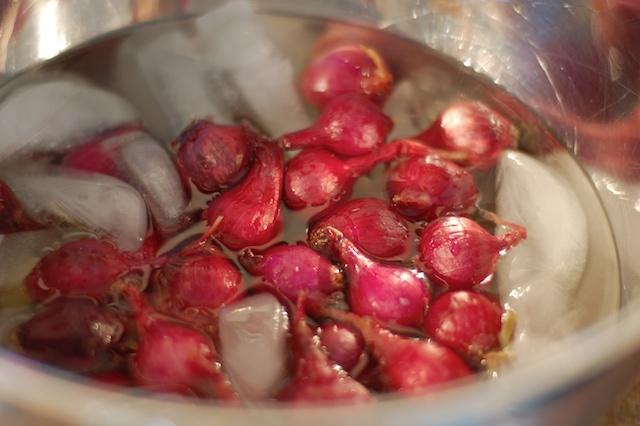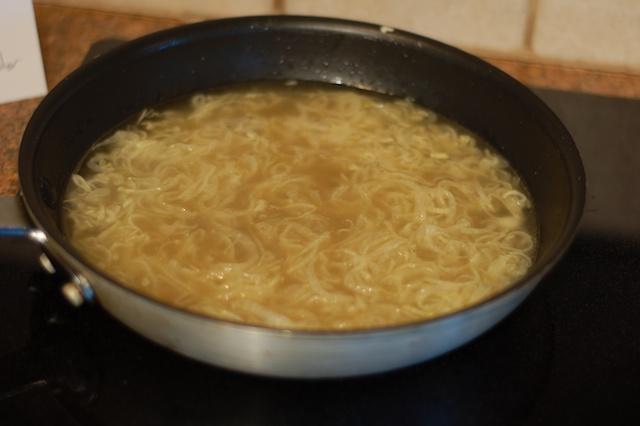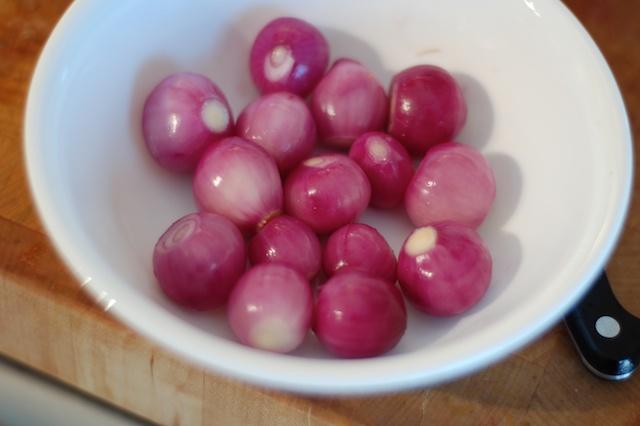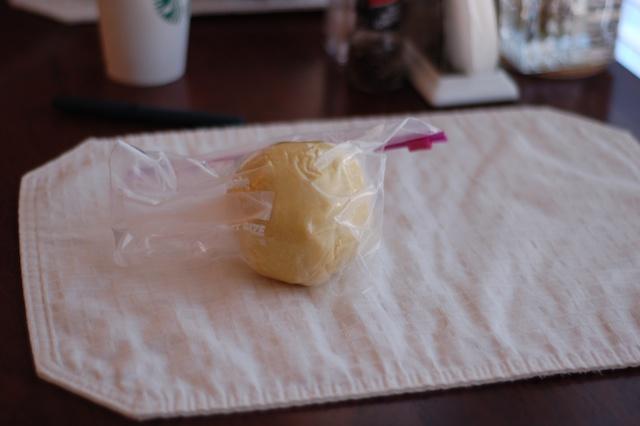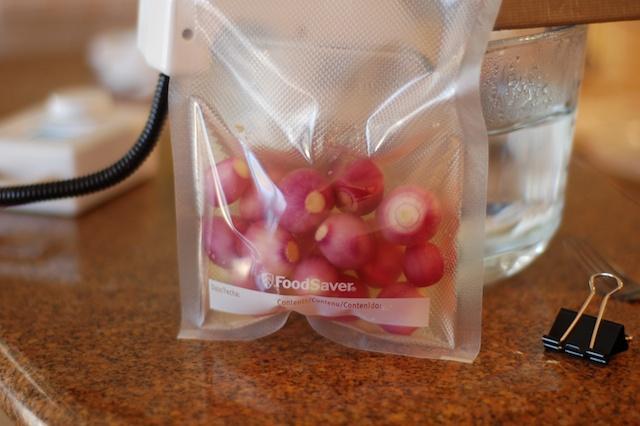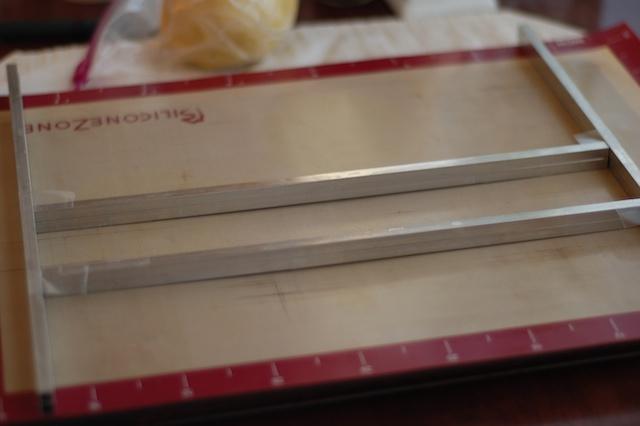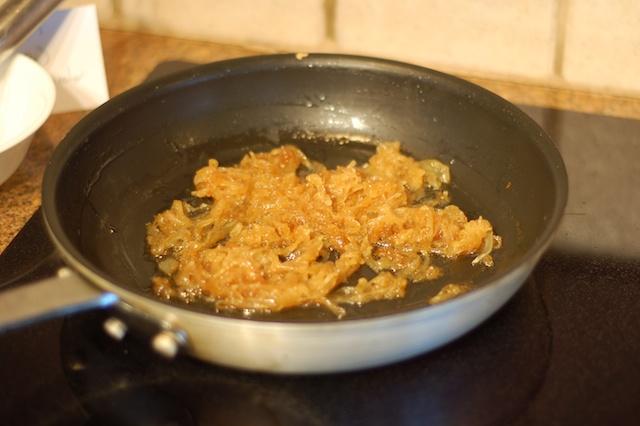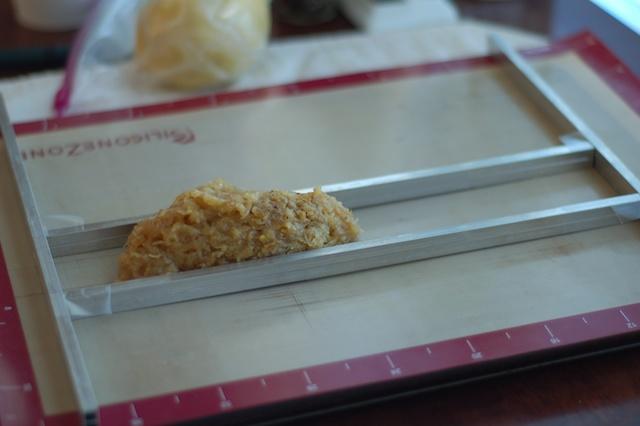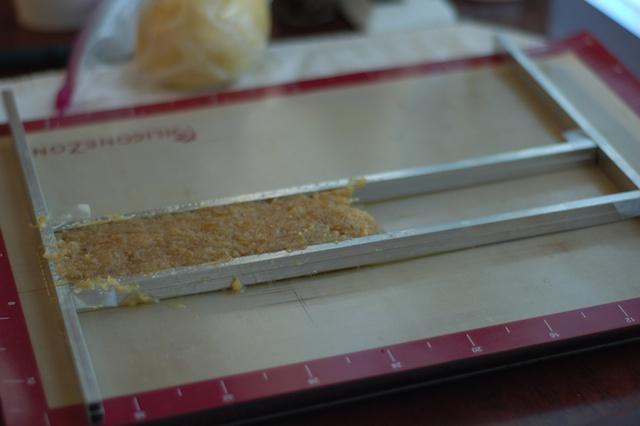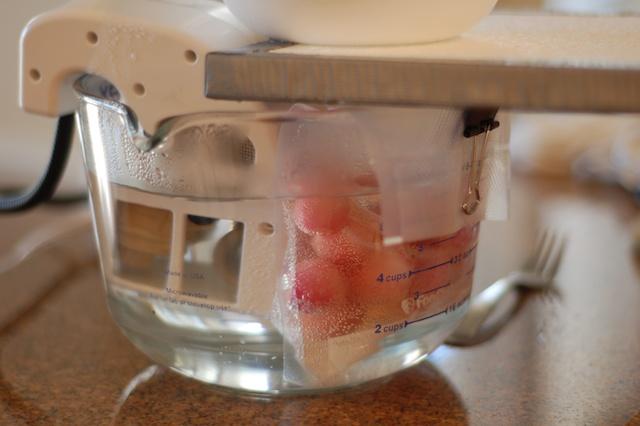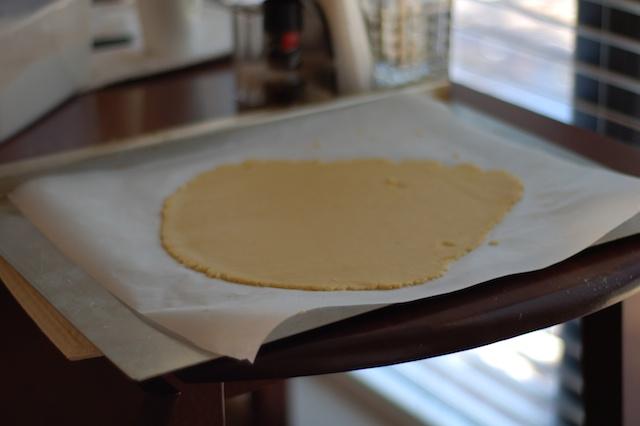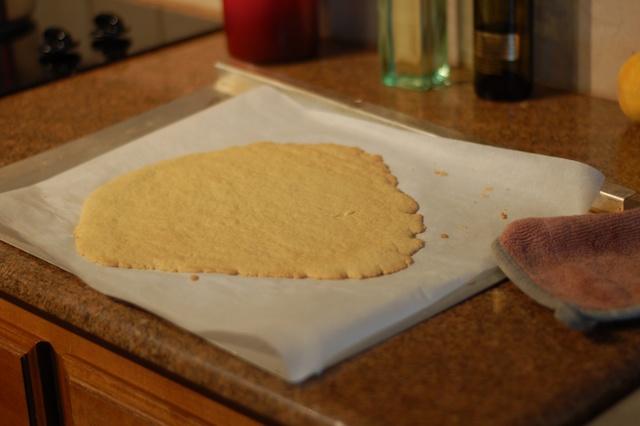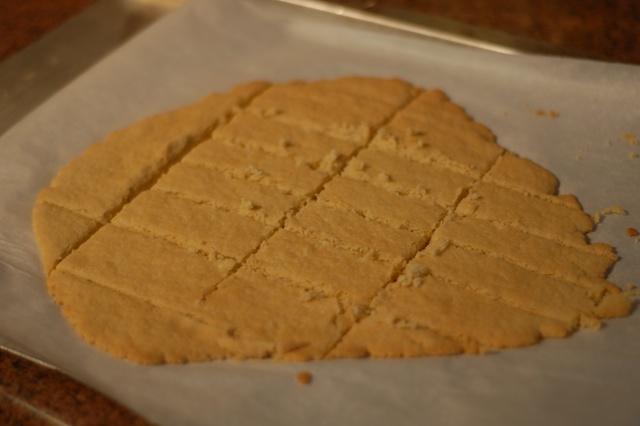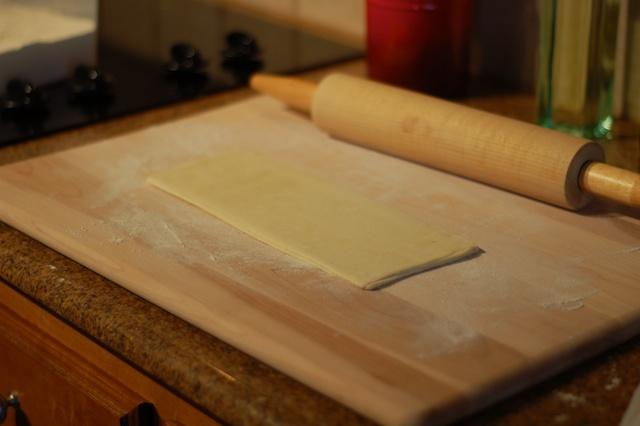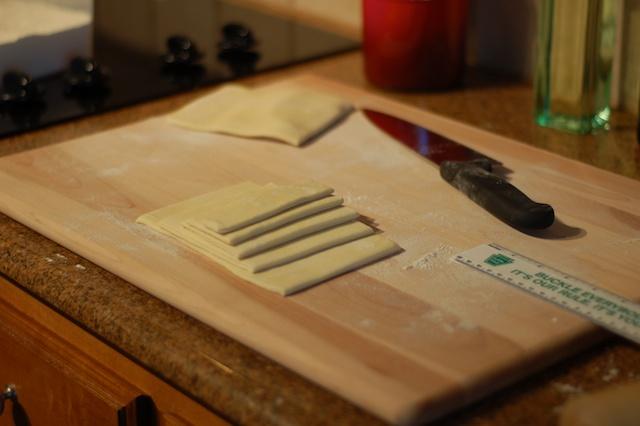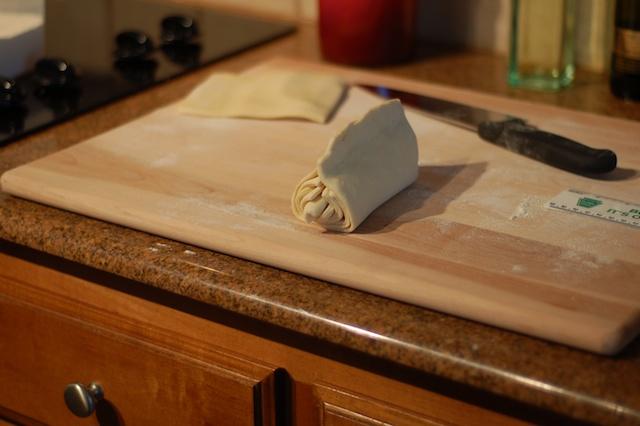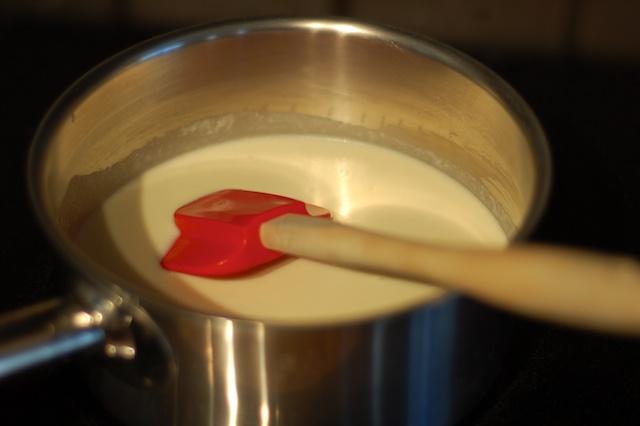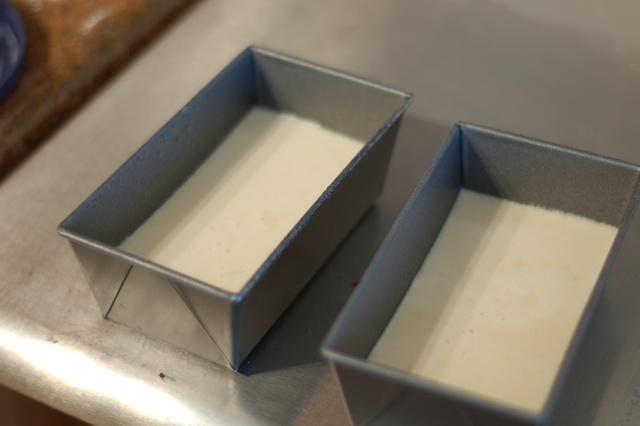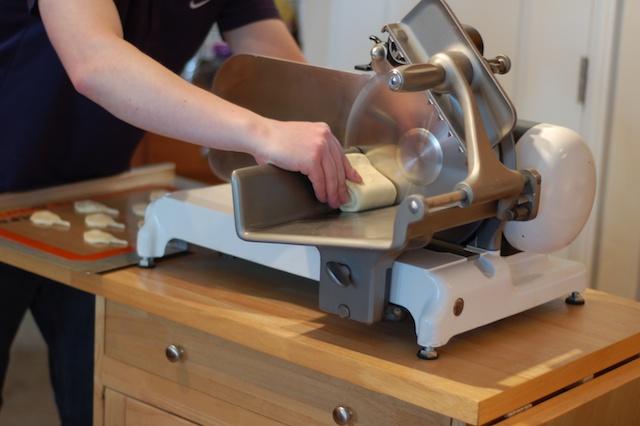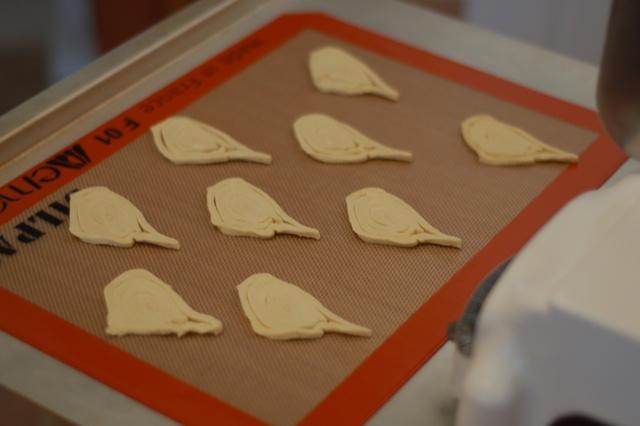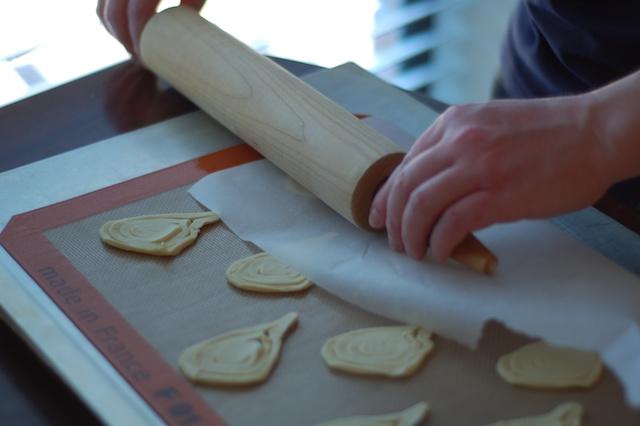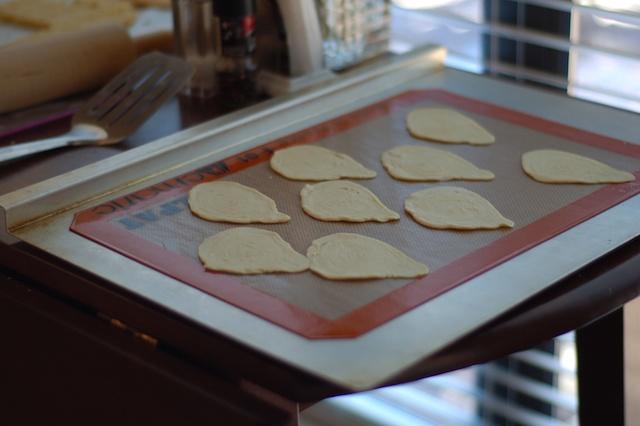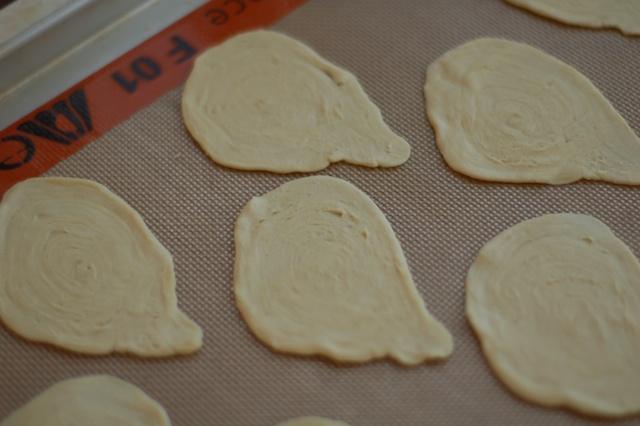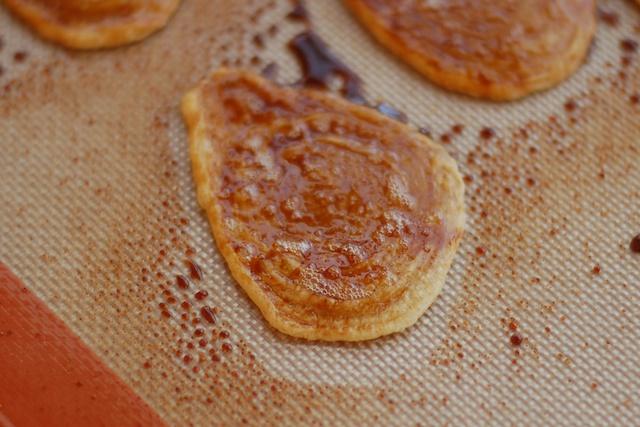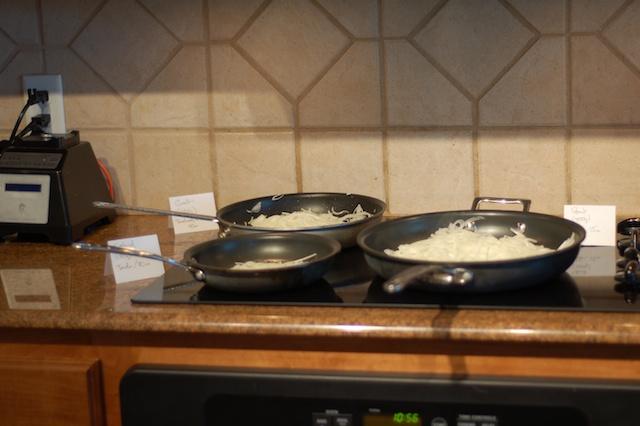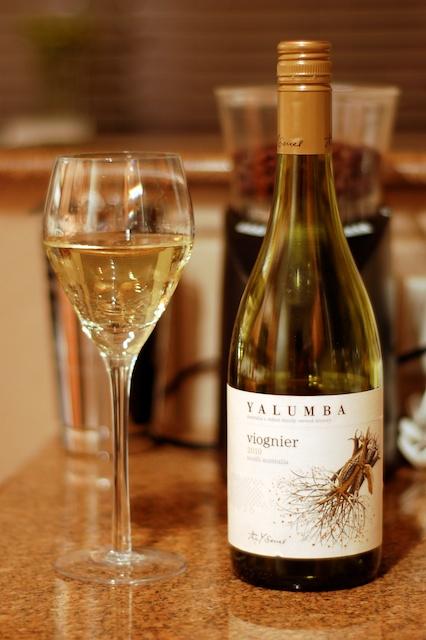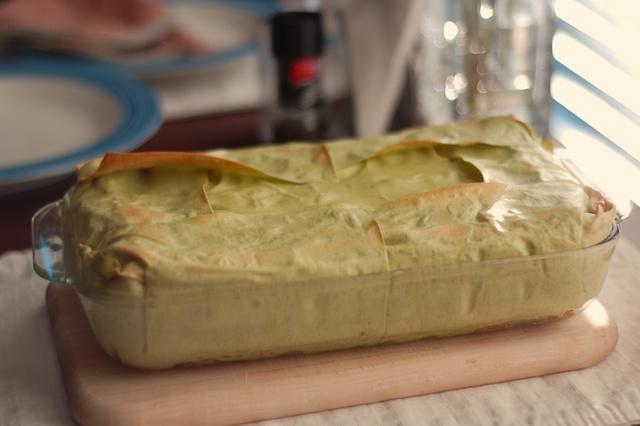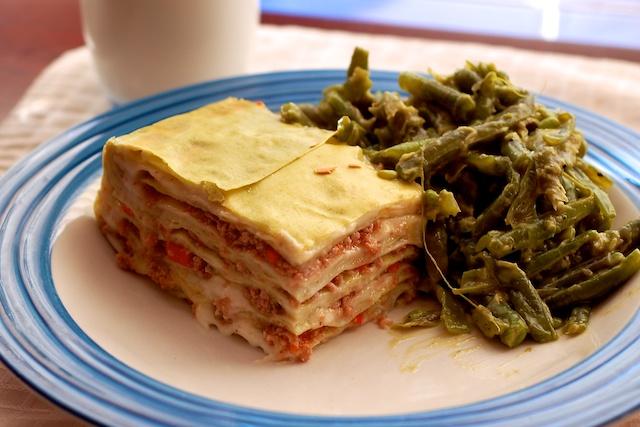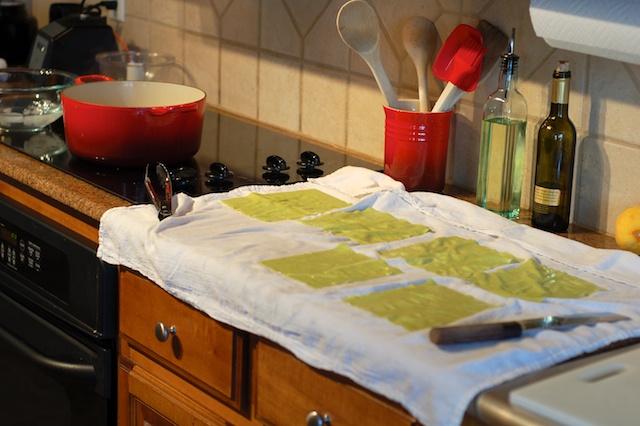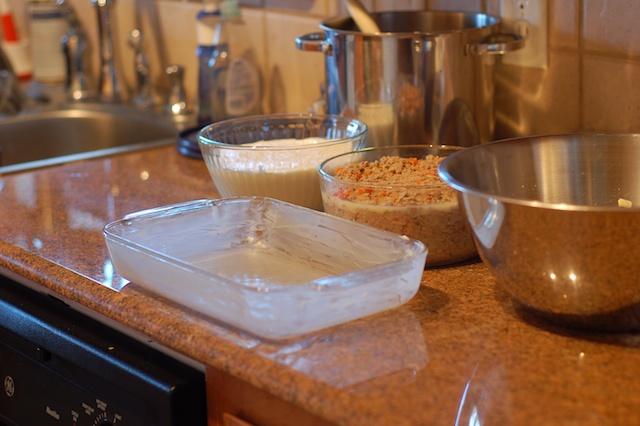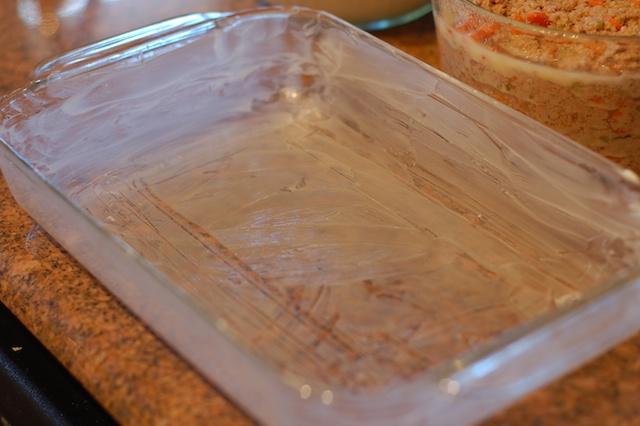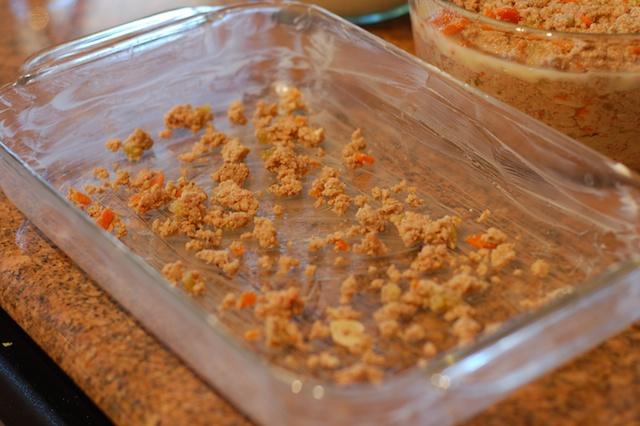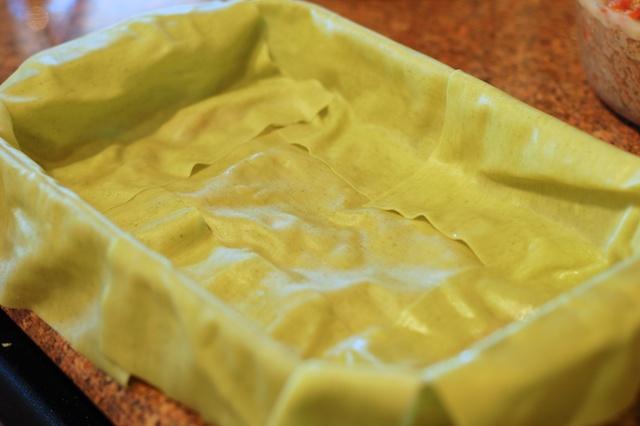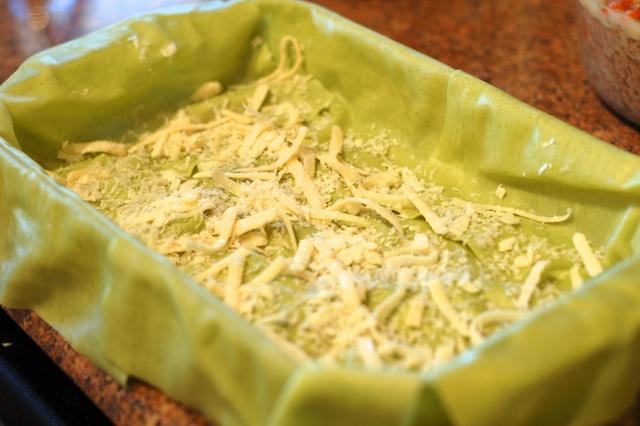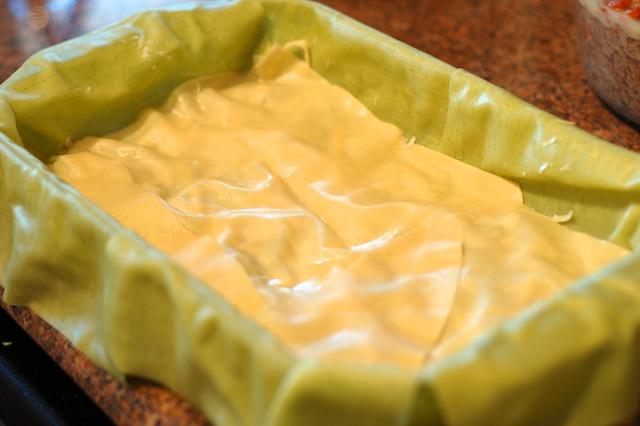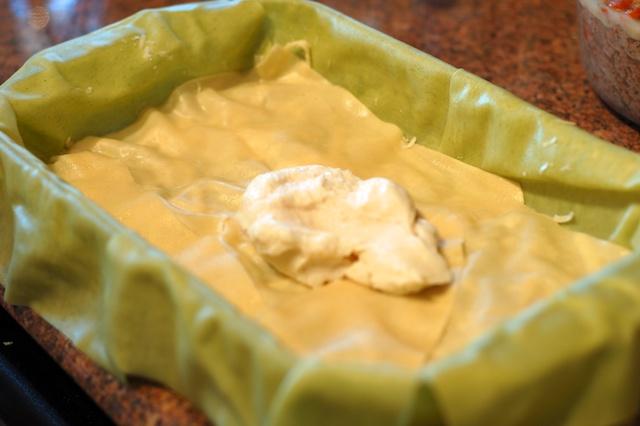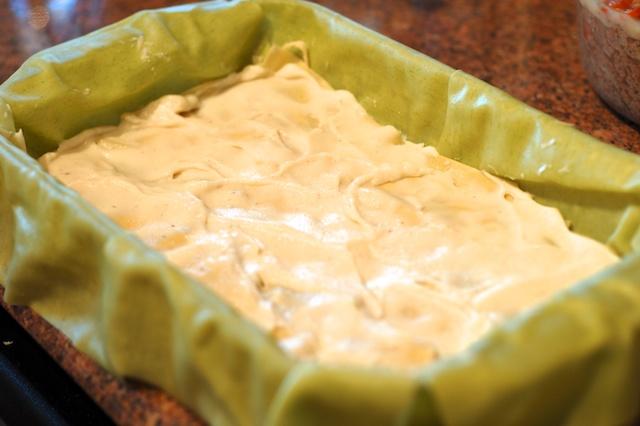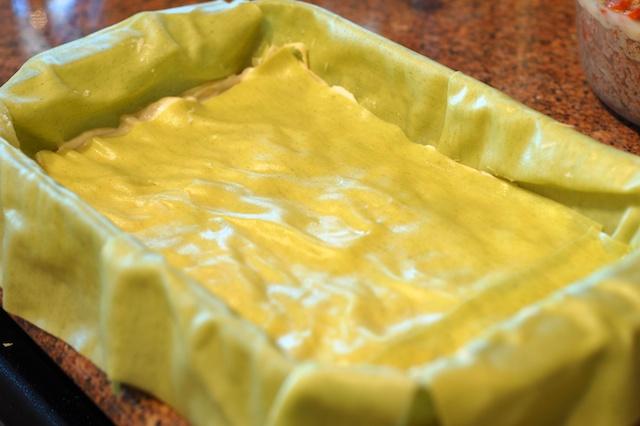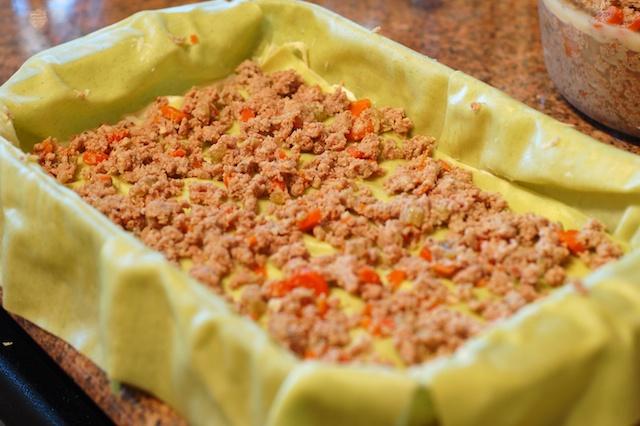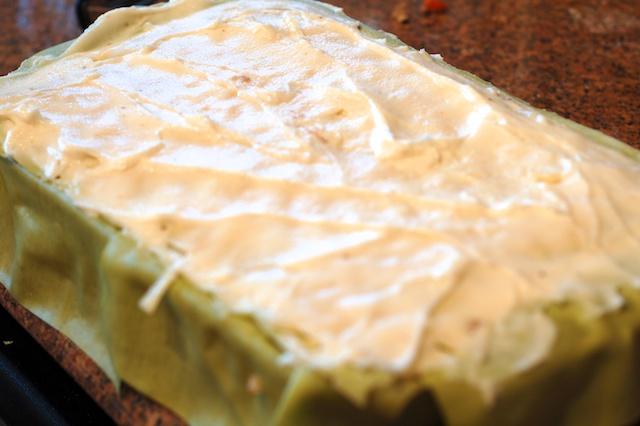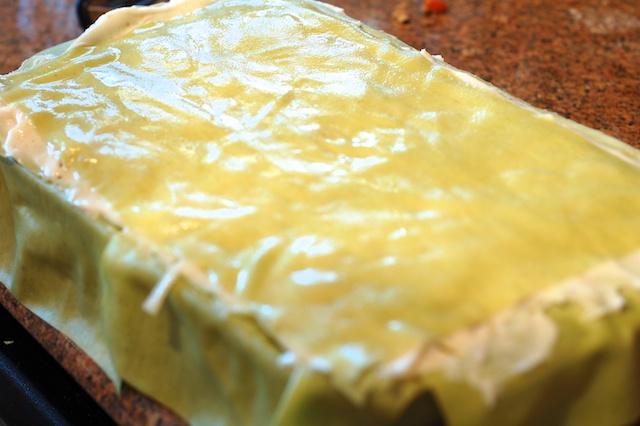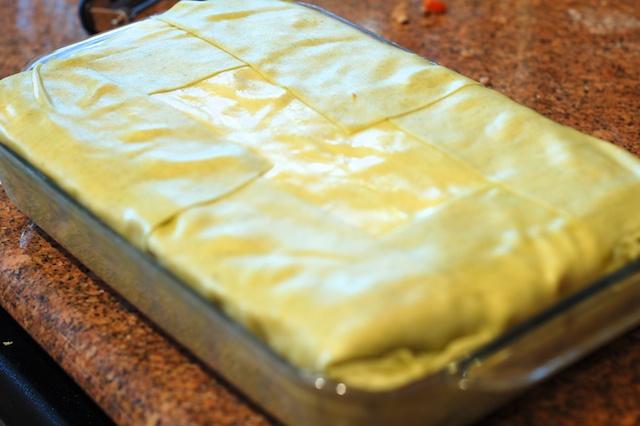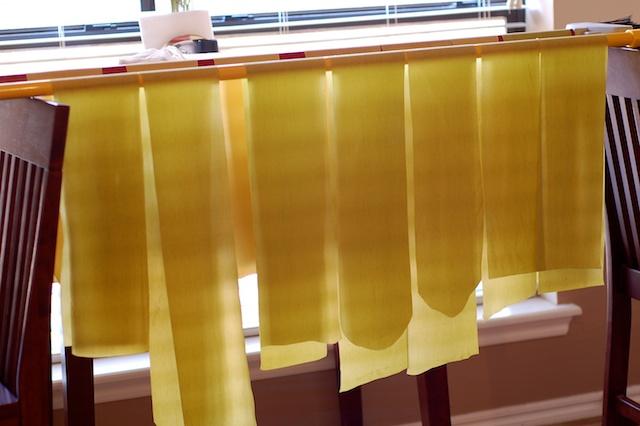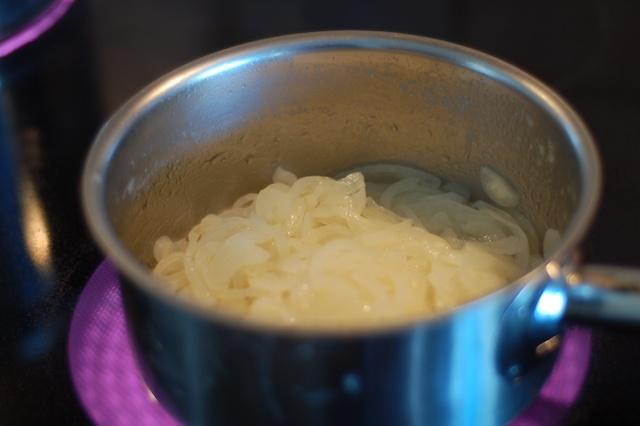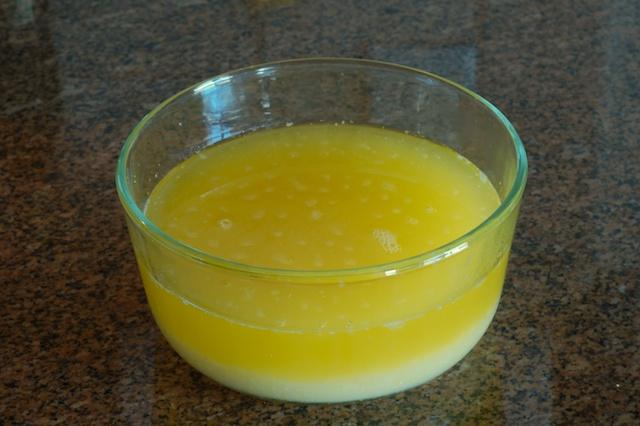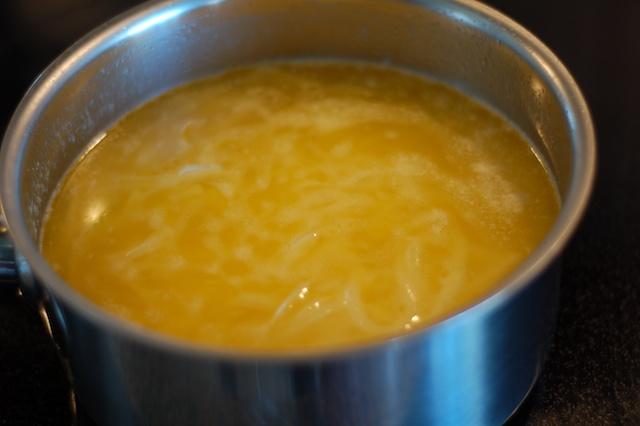-
Posts
10,190 -
Joined
-
Last visited
Content Type
Profiles
Forums
Store
Help Articles
Everything posted by Chris Hennes
-
Here's what I wound up with: I made a bunch of mistakes on the way, and somehow managed to wind up with far too little of the gratin component, but overall it was still successful. You can read the gory details here. I'd suggest from a practical standpoint that if you are making this you might want to chop the onions for the gratin instead of just slicing them: the texture made it a little unwieldy to eat.
-
At long last: the plated dish. Note that this is actually only 2/3 of the size of the one the book actually calls for (I used two custard cubes instead of three) because I didn't have enough of the onion gratin (the bottom layer). Despite all the mistakes I made during the process, the finished dish was still relatively successful, in my opinion. A few thoughts: first off, don't use crappy store-bought puff pastry for the arlettes. If you can get one whose flavor you are happy with, go for it, but damn that Pepperidge Farm stuff is bad. The arlettes tasted mostly like crap puff pastry, you barely got any of the taste of the onion sugar, even though it was over-caramelized. Roll stuff thin: my sable was too thick, so it wasn't crispy, it just sort of crumbled into the dish. The taste of the sable is excellent, though. I skipped the chive blossom garnish because my chives aren't in bloom yet. No problem. But don't skip the lime zest "garnish" it actually adds a great flavor layer. And 8 minutes at 160°F is not enough to warm fridge-temp custard, even in 1" cubes. Out for the evening on this note:
-
Phew. OK, sorry for the lack of updates this afternoon, but I've had literally zero downtime in this production until right now (all parts are complete, all that awaits is the final reheating and plating of the dish). OK, there are three different "main" components going on here, plus two garnishes. We have an onion gratin, a gruyere custard, and an onion sable as the main components, plus an onion arlette and some pearl onions as garnishes. The onions on the highest heat, and cooked the most, are the onions intended for making an onion stock: I took them off the burner when they looked like this Add water, and simmer for an hour In the meantime I started some lentils soaking, so I had something to serve with my tiny little onion tarts for dinner The next batch of onions to finish are the onions in the gruyere custard: they are cooked until soft through: The wine I am using in the gratin is this stuff: The gratin onions are deglazed when they looked like this: The liquid is the wine and some of the onion stock: The first part of the custard is to make a cheese emulsion: While that emulsion is chilling, starting some pearl onions: OK, at this point I have a sous vide rig set up at 65°C to cook the egg yolks for the sable: Those are cooked for seven minutes, then used to make a sable dough (the dough is made with the onion butter I made up yesterday, as well as some freeze-dried onion powder, so it's very onion-y) OK, the dough has to rest, let's bag up the pearl onions with some water, champagne vinegar, honey, and salt And finish the gratin. All the liquid has been cooked off at this point, so a ton of parmesan is stirred in, along with some lemon zest and pepper. It's supposed to then get molded into a block that is 1/2" tall, so I set up a candy mold: Uh oh. That mold is 2" wide, and I am supposed to be getting four servings that are 2"x4". I got one. What happened?! So, gonna have to change up the plating, I need two servings at least. Well, too late now. Back to the pearl onions, get them cooking at 85°C for an hour : Roll out the sable dough to 1/16" (um, yeah, so my rolling skills are non-existant, way too thick in the middle) Cook for ten minutes or so: Cut while hot. Yup, way too thick. Oh well, press forward! Next up: store-bought puff pastry. For shame, I know, I know. But it's a garnish!! OK, I got ahead of myself here. I was so excited to finally be making these that I completely skipped a step. You're supposed to brush each layer with butter and sprinkle them with the onion sugar. I just plowed into forming the little onion shapes. Make a pyramid: Fold/roll it up: Now the arlette dough gets 45 minutes in the freezer to prep for the next step, so now I am making the grueyere custard. The next step there is to add some carageenan to the remaining onion stock, disperse it, then combine it with the cheese mixture from earlier. This then gets heated to 203°F for three minutes to hydrate: Then poured into molds. Fancy molds, eh? That took 45 minutes, time to slice the arlettes: Of course, even sliced like that they are too thick, so I get to practice my rolling pin skills. Yep, still suck at rolling, these are also too thick. Oh well! Finally these are sprinkled with the onion sugar and baked: I guess I better get back into the kitchen, time to start thinking about assembly.
-
I could take or leave the bare pasta on top, but I do like having the structural support on the sides: it's easier to plate, and it stands upright more easily once there. The side sheets give it a little integrity that normally you don't have. I could see making the lasagna exactly like this, though, and then adding a layer of bechamel on the top: that might be interesting to try next time.
-
OK, here's the lasagne straight out of the oven: And served with a side of fricassee green beans (which I thought wound up a touch overcooked, but were delicious): That's 13 total layers of pasta in the finished dish. It's a shame that in the photo you can't make out the alternating layers of yellow and green pasta: it's a neat look.
-
This is according to the recipe: no steam vents. I've never really thought about it, but I've never had a problem. And yes, it's nude pasta on top: the top and sides get toasted and crunchy. And it's a very firm lasagna because there are so many layers of pasta with such thin layers of filling, so the crispness doesn't really interfere with slicing.
-
Of course, it's too late for any good advice for today's lasagne. Here's my pasta-cooking station: And my assembly station: Since this lasagna has a lot of pasta in direct contact with the baking dish, I start by buttering the dish: Then Bugialli suggests a thin layer of Bolognese to start: I think the point is that it makes the lasagne easier to get out of the pan, but don't quote me on that: Then the first pasta layer goes in, coming up and over the sides of the dish: A thin layer of cheese: Pasta: Bechamel (balsamella, I guess I ought to say): More pasta: Full meat layer: Etc. etc. etc. Continue until you run out of pan or pasta (I ran out of pan, I'm making a small one here). The last layer should be either cheese or bechamel, and should be a spinach pasta layer. Mine was bechamel: Final pasta layer: And finally, closed up: This bakes for only about a half hour, so it's in the fridge now.
-
Here is what the onion butter looked like on the stove: And the drained onions: no browning, and still relatively intact. They tasted like... onion butter. Plenty of onion flavor, but also very buttery (of course). And the butter: The butter has separated into three layers, what I presume are the onion and milk solids, water, and butterfat. The recipe for the sable calls generically for the "onion butter": do you suppose that means just the fat part, or should I chill this and try to re-emulsify it, or what?



